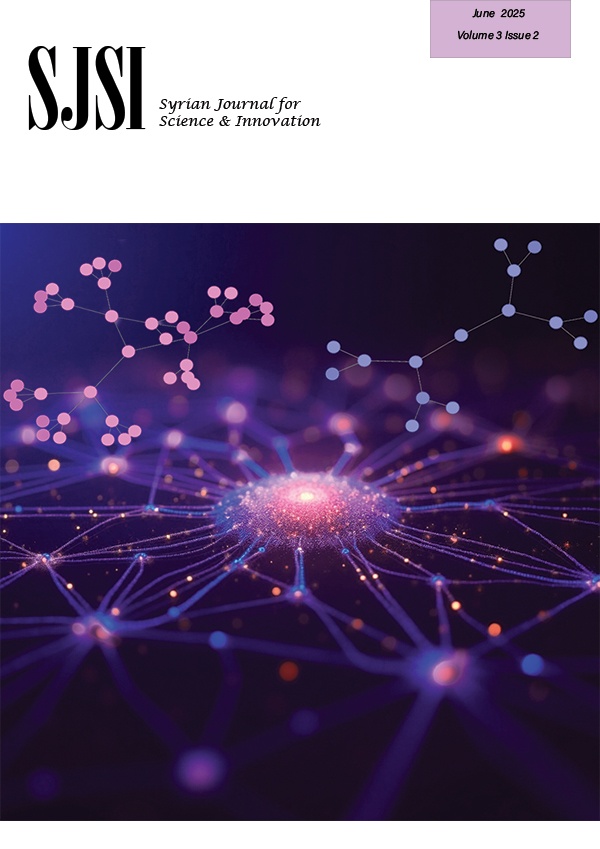Artificial Intelligence is Transforming the Approach to Neuroscience
2024-03-27 | volume 2 Issue 1 - Volume 2 | News |Abstract
Scientists have recently found that the large language model (LLM) has the ability to interpret and analyze neuroscientific data across different domains, providing insights that may go beyond human analysis. They make a compelling case for incorporating large language models (LLM) into neuroscience, highlighting their potential to transform research by analyzing vast data sets that exceed human capacity. They suggest that large language models could bridge the gap between diverse fields of neuroscience by communicating with each other, thus accelerating discoveries in areas such as neurodegeneration drug development. They theorize that one day large language models specialized in diverse areas of neuroscience could be used to communicate with each other to bridge isolated areas of neuroscience research, revealing truths that would be impossible to find by humans alone. Today’s neuroscientists are drowning in information but starving for knowledge. LLMs provide an answer to this problem. However, to realize the full potential of large language models in neuroscience, a significant investment in infrastructure and a shift towards a more data-driven scientific approach will be required. Nevertheless, the traditional model of hypothesis-driven research remains fundamental and will not disappear.
(ISSN - Online)
2959-8591

